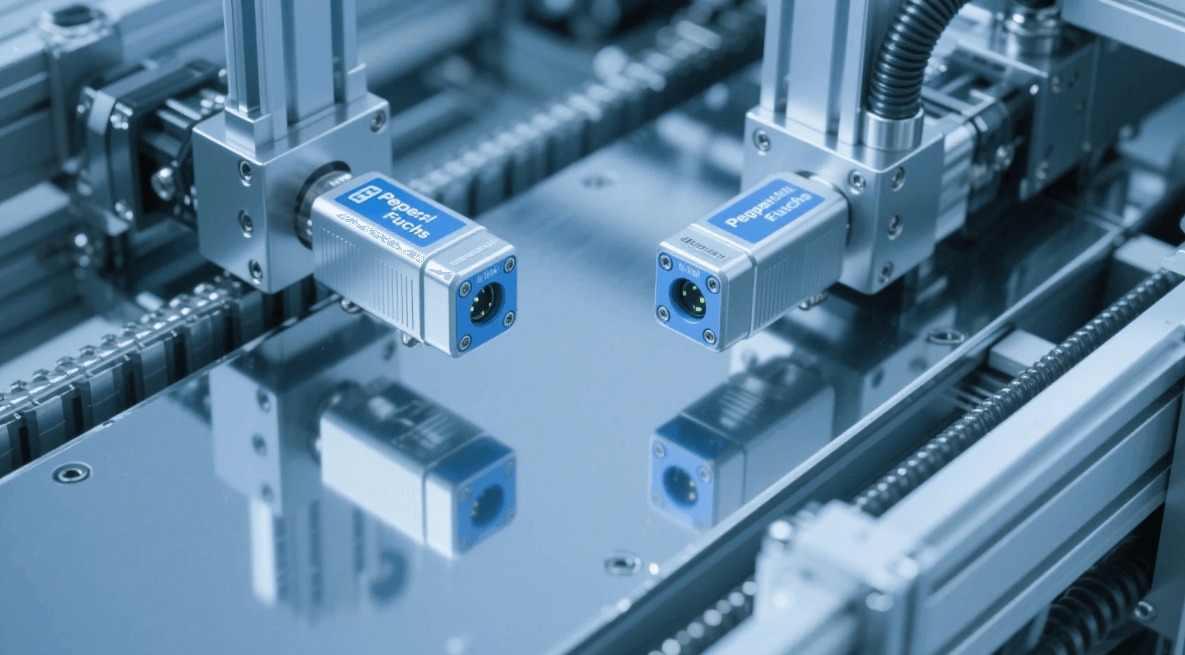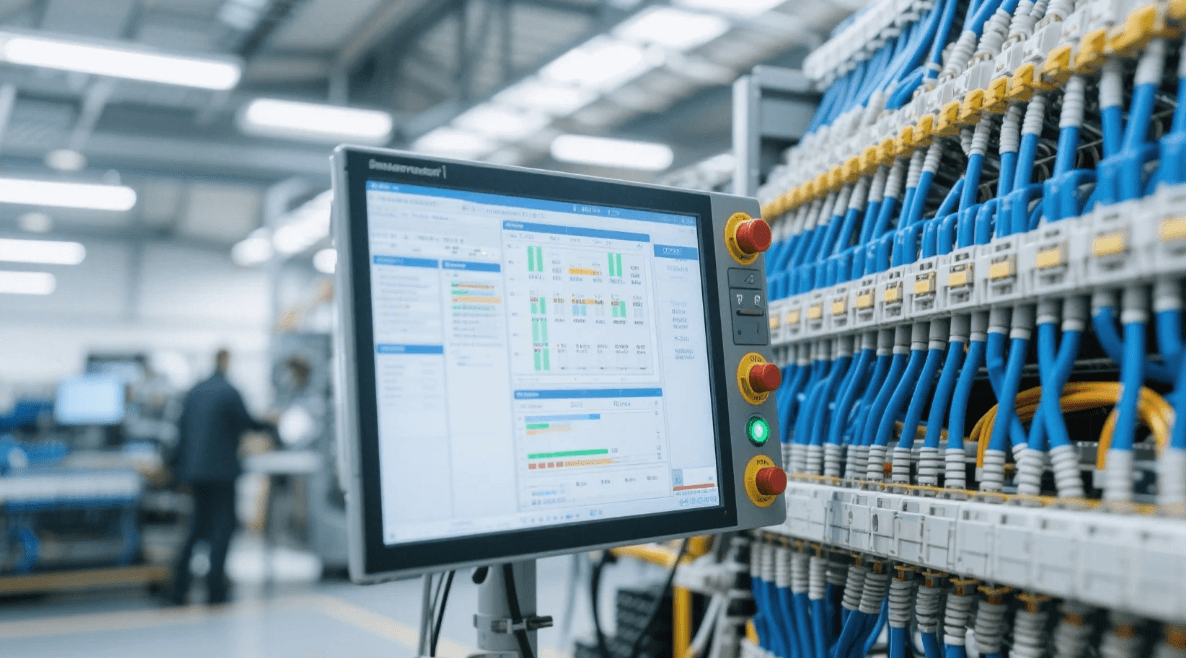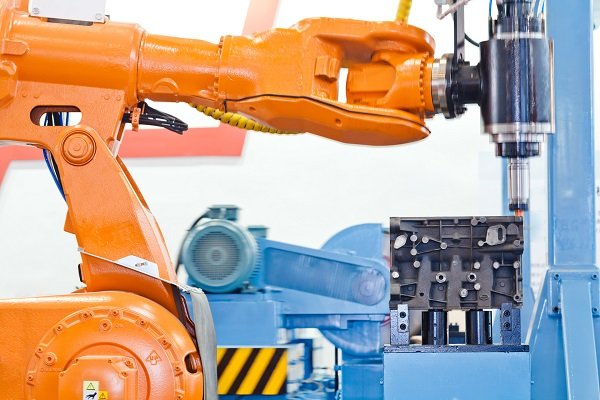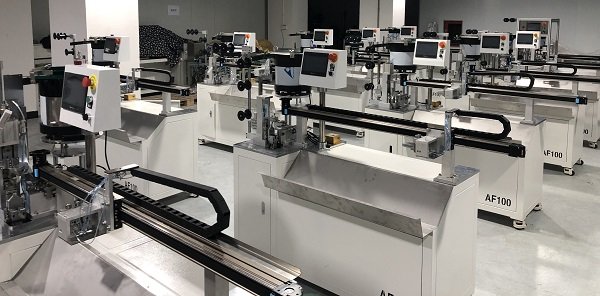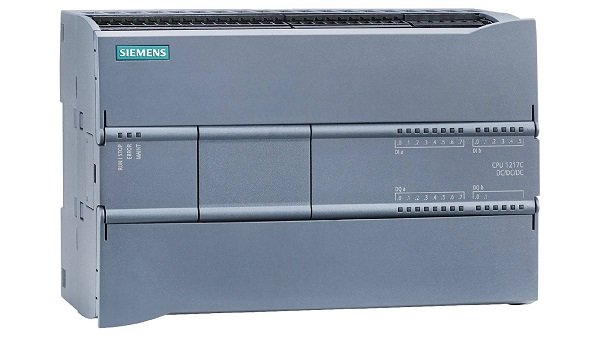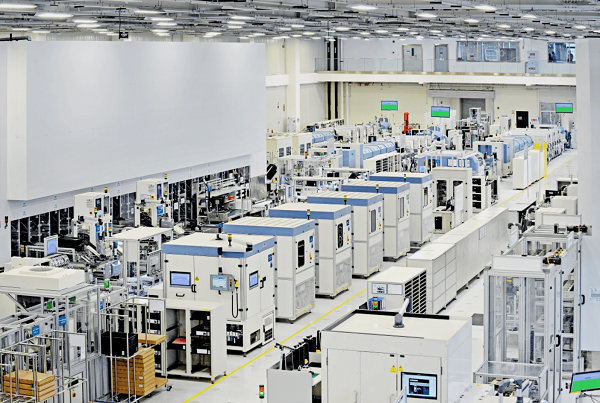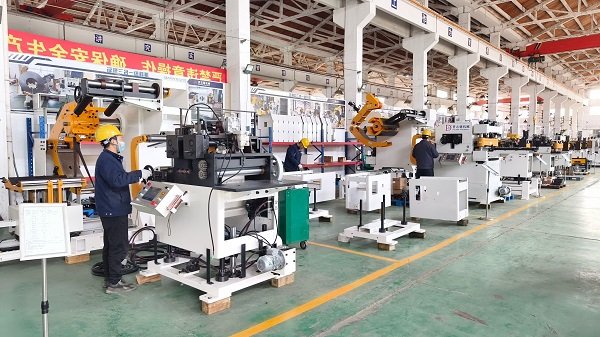Pepperl+Fuchs近接センサとその仕組みの総合ガイド

Introduction: Precision, Reliability, and Automation — Redefined
In the rapidly evolving world of industrial automation, reliability and precision are no longer optional—they are essential. That’s where Pepperl+Fuchs Proximity Sensors come in. As pioneers in sensor technology, Pepperl+Fuchs has engineered a range of proximity sensors that serve as the backbone for countless automated systems across industries.
Whether you’re working in manufacturing, logistics, robotics, or heavy machinery, Pepperl+Fuchs Proximity Sensors are designed to deliver consistent performance under the most demanding conditions. This guide dives deep into how they work, their modern advantages, and why they’re the preferred choice in industrial environments worldwide.
What Are Pepperl+Fuchs Proximity Sensors?
Pepperl+Fuchs Proximity Sensors are non-contact sensing devices used to detect the presence or absence of an object within a defined range. These sensors are engineered to operate in rugged industrial settings without mechanical contact or wear.
The core sensing technologies used in Pepperl+Fuchs Proximity Sensors include:
Inductive Sensors – For detecting metal objects
Capacitive Sensors – For detecting non-metallic materials
Magnetic Field Sensors – For position and speed feedback
Ultrasonic Sensors – For distance measurement in complex environments

How Do Pepperl+Fuchs Proximity Sensors Work?
The working principle of Pepperl+Fuchs Proximity Sensors varies based on the type, but all operate without physical contact. Here’s a simplified breakdown:
Inductive Proximity Sensors generate an electromagnetic field and detect disturbances caused by metallic objects.
Capacitive Sensors sense changes in capacitance caused by the approach of any material (metal or non-metal).
Magnetic Sensors respond to magnetic fields, often from a magnet embedded in a moving part.
Ultrasonic Sensors emit high-frequency sound waves and measure echo return time to detect object presence and distance.
This non-contact operation makes Pepperl+Fuchs Proximity Sensors highly durable, accurate, and reliable over extended use.
Key Advantages of Pepperl+Fuchs Proximity Sensors
Robustness in Harsh Environments
Pepperl+Fuchs Proximity Sensors are engineered to operate reliably in extreme temperatures, high-moisture environments, dusty conditions, and areas with strong vibrations. Their industrial-grade housings—often IP67 or IP68 rated—provide maximum protection.
High Switching Accuracy
Precision matters. Pepperl+Fuchs Proximity Sensors offer high repeat accuracy and consistent switching behavior, even after millions of cycles. This is crucial for automated production lines where even a millimeter counts.
メンテナンスフリー
Because these sensors operate without physical contact, there is no wear and tear over time. This translates to lower maintenance costs and higher uptime—essential advantages in time-sensitive industrial applications.
Global Compatibility and Certifications
Pepperl+Fuchs Proximity Sensors meet global compliance standards including CE, UL, ATEX, and IECEx, making them suitable for use in hazardous locations such as chemical plants, oil refineries, and food processing facilities.
Wide Detection Range Options
Available in various sensing distances, from a few millimeters to several meters, Pepperl+Fuchs Proximity Sensors allow integration across a wide range of applications—from fine robotic movements to large conveyor systems.
Industrial Applications of Pepperl+Fuchs Proximity Sensors
Manufacturing Automation
Assembly lines, CNC machines, and robotic arms rely on Pepperl+Fuchs Proximity Sensors for position feedback, part detection, and workflow control.
Logistics & Material Handling
In smart warehouses, these sensors detect pallet positioning, conveyor belt status, and automated guided vehicle (AGV) locations with incredible accuracy.
Food & Beverage
Their corrosion-resistant housings make them ideal for washdown environments where hygiene and safety are non-negotiable.
Automotive Industry
From body panel alignment to engine block testing, Pepperl+Fuchs Proximity Sensors ensure safety, precision, and repeatability on every production cycle.
パッケージング
High-speed packaging systems use these sensors for material detection, edge positioning, and jam prevention, ensuring smooth operations and minimal waste.
The Future of Pepperl+Fuchs Proximity Sensors: Smart and Connected
As the world of industrial automation embraces digital transformation, Pepperl+Fuchs Proximity Sensors are not lagging behind. Integration with IO-Link and other smart protocols allows these sensors to:
Send real-time data to centralized control systems
Support predictive maintenance with early failure detection
Enable flexible production lines through rapid reprogramming
Provide enhanced diagnostics and sensor health data
This makes them a vital component in Industry 4.0 and Smart Factory systems, where interconnected, data-driven machinery defines success.
Why Industrial Professionals Choose Pepperl+Fuchs Proximity Sensors
The choice of sensor can define the reliability and efficiency of an entire production system. Industrial professionals, engineers, and plant managers prefer Pepperl+Fuchs Proximity Sensors because:
They’re built for longevity and endurance
They integrate seamlessly with modern PLCs and control systems
They reduce total cost of ownership through minimal maintenance
They offer diverse form factors to fit any application
They come backed by a brand with 70+ years of sensing innovation
Conclusion: Invest in Proven Industrial Performance
Choosing Pepperl+Fuchs Proximity Sensors means investing in consistent performance, future-ready technology, and a brand that has shaped sensor innovation for decades. As automation becomes more complex and demanding, reliable sensors are no longer optional—they are foundational.
If your operation demands precision, endurance, and intelligent sensing, Pepperl+Fuchs Proximity Sensors are the logical solution.
Explore how your facility can benefit from their unmatched performance—start from the sensor, and build toward efficiency, reliability, and a smarter industrial future.
| Model:MTL5531 |

